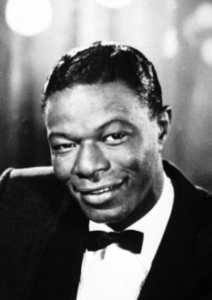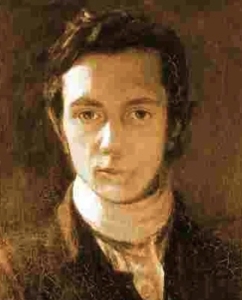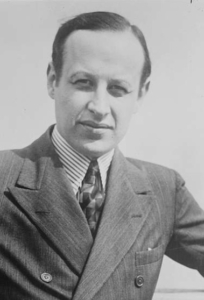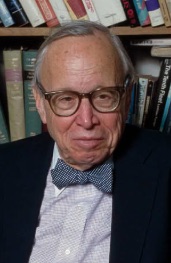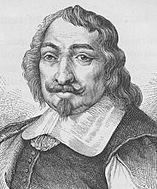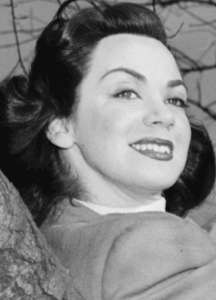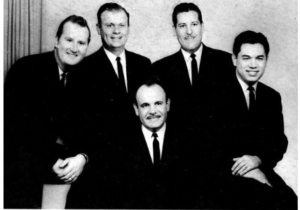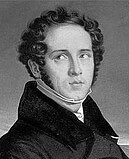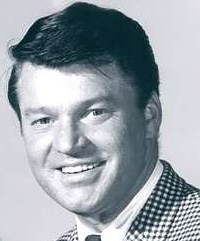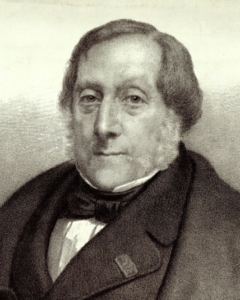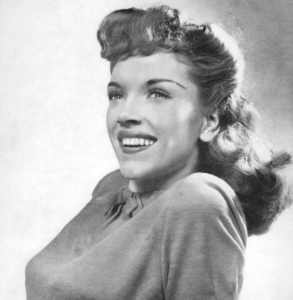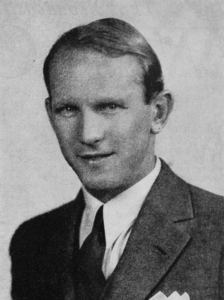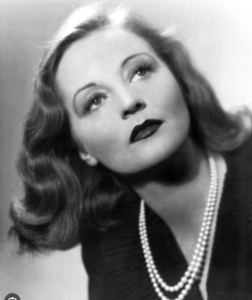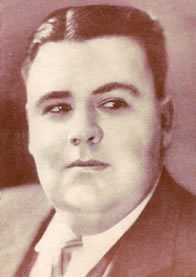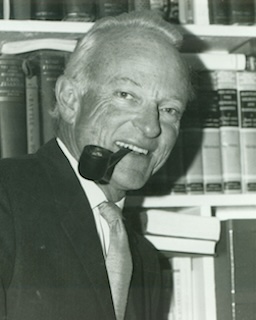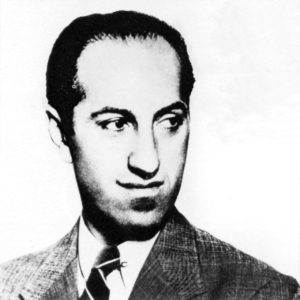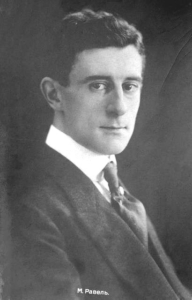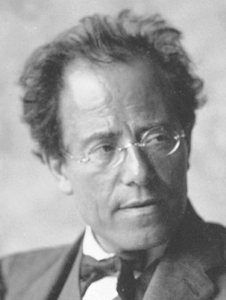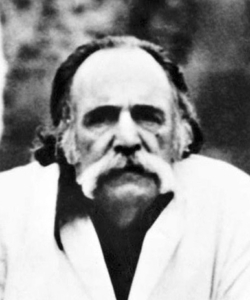REVIEW POTPOURRI – Composer: Khachaturian; Singer: Nat King Cole; Writer: William Hazlitt
 by Peter Cates
by Peter Cates
Khachaturian
Khachaturian: Gayaneh Ballet Excerpts; Piano Concerto; and Masquerade Suite – Jiri Belohlavek conducting the Brno State Philharmonic Orchestra, in Gayaneh, and Masquerade; pianist Mirka Pokorna with Vladimir Valek conducting the Prague Symphony Orchestra in the Piano Concerto. Supraphon SU 3107-2011, recorded between 1972 and 1980, CD.
Aram Khachaturian (1903-1978) composed some of the most colorful, captivating music in these Ballets and the Piano Concerto. The exotic rhythms and atmospheric poetry give a unique beauty to a composer who was deeply rooted in his Armenian background, his most popular piece being the Gayaneh Sabre Dance which has been used innumerable times as background for chase or fighting scenes in cartoons and for TV commercials.
Certain moody passages of the Ballets remind me of the soundtrack music that Bernard Herrmann composed for Alfred Hitchcock thrillers, such as North by Northwest, Vertigo and Psycho.
A special favorite here is the Piano Concerto with a dramatic power and beauty of its own. Pianist Mirka Pokorna negotiated its difficulties with flair while conveying its beauty and delicacy with an exquisite touch. Her Czech Republic colleagues also did superb work.
A friend from Prague told me of being inspired to take up the piano at the age of nine after hearing Pokorna in a concert and visiting with her afterwards.
Nat King Cole
Nat King Cole – Unforgettable; Capitol T-357, released in 1954, twelve inch LP.
Pianist/singer Nat King Cole (1919-1965) once stated that he sang the way he felt and that was that. After leading a jazz trio for the better part of the ‘40s, he gradually transitioned to pop singing around 1950.
His 1954 LP Unforgettable gathers a dozen songs that are gems already, a few of them best sellers as singles.
Among the hits, the title song; Answer Me, My Love; Too Young; Red Sails in the Sunset; Pretend; and the irreplaceable Mona Lisa, which was first released as a B side.
My first encounter with this LP was at the age of 6 or 7 when I heard a copy of it owned by my grandmother Annabelle Cates (1888-1974); not only was she fond of King Cole’s singing but also that of Ray Charles.
The other six selections, Portrait of Jenny; What’ll I Do; Lost April; the vivacious Hajji Baba; the immensely lovely Great American Songbook classic I Love You for Sentimental Reasons; and finally Make Her Mine, King Cole made his own.
Due to his chain smoking for years of Kool menthols, Nat King Cole died of lung cancer in January 1965, at the very young age of 45.
This deservedly classic album can be heard via YouTube.
William Hazlitt
English essayist William Hazlitt (1778-1830) wrote the following in his On Going a Journey:
“One of the pleasantest in the world is going a journey; but I like to go by myself. I can enjoy society in a room; but out of doors, nature is company enough for me. I am then never less alone than when alone.
‘The fields his study, nature was his book.’
I cannot see the wit of walking and talking at the same time. When I am in the country I wish to vegetate like the country. I am not for criticizing hedgerows and black cattle. I go out of town in order to forget the town and all that is in it.”
Although Hazlitt is considered an important figure in 19th century English romanticism and celebrated its spirit, he brought a restraint to its more excessive qualities and his writings on literature and social behavior attracted much attention due to his ability to combine enthusiasm with discernment.



